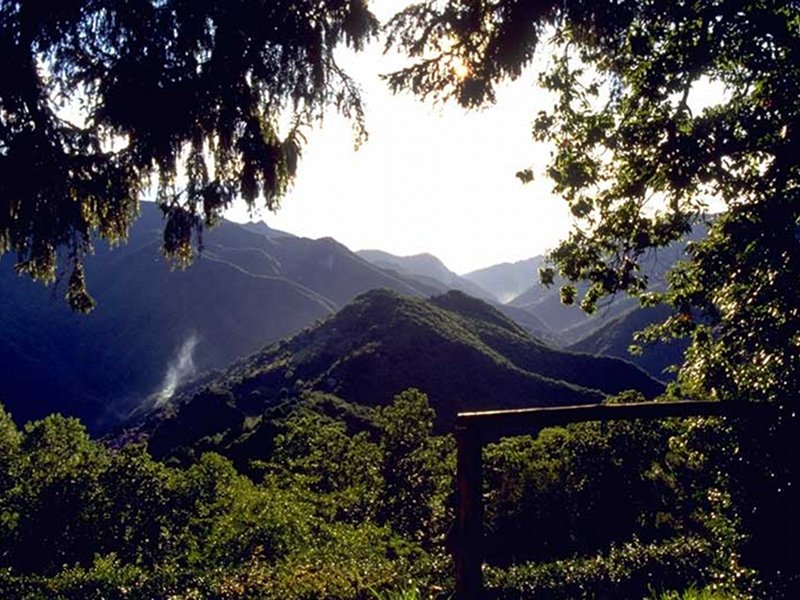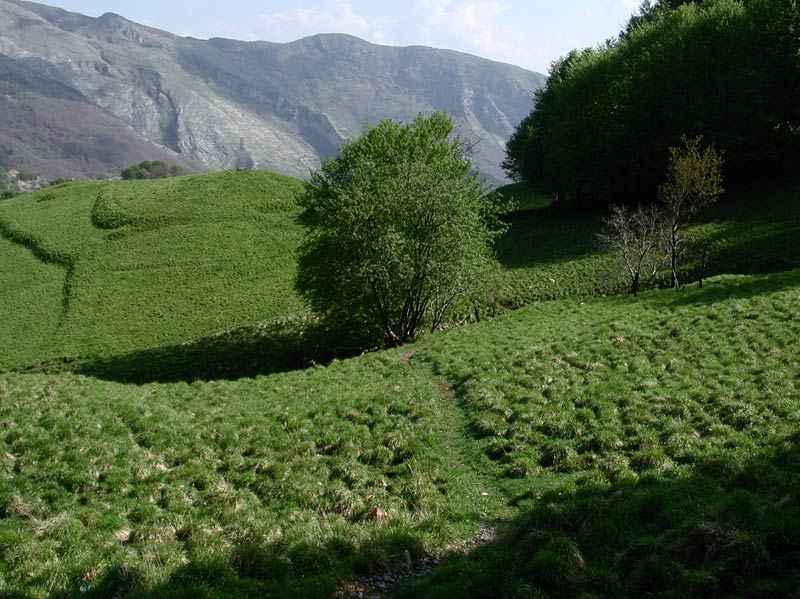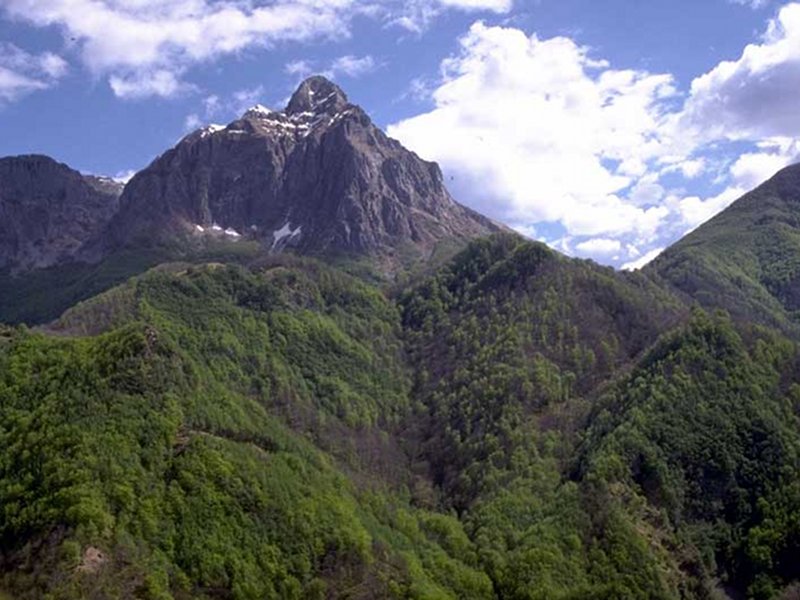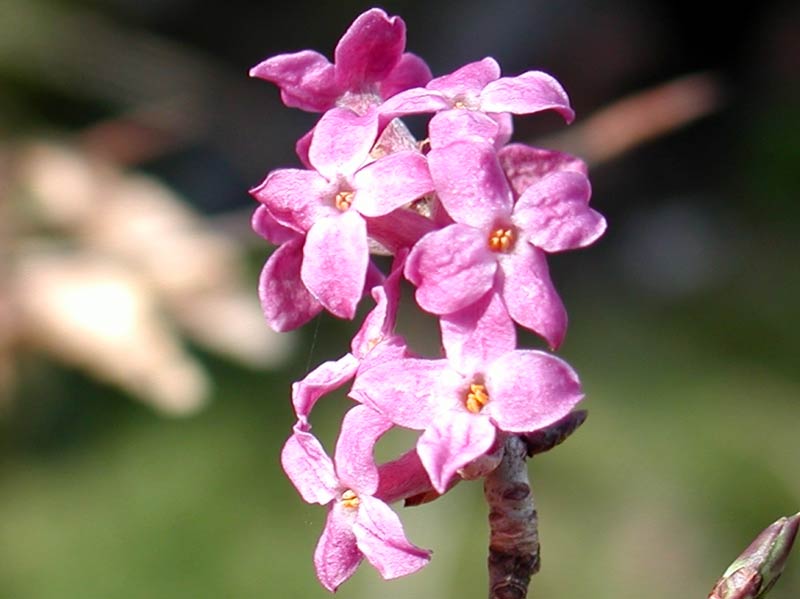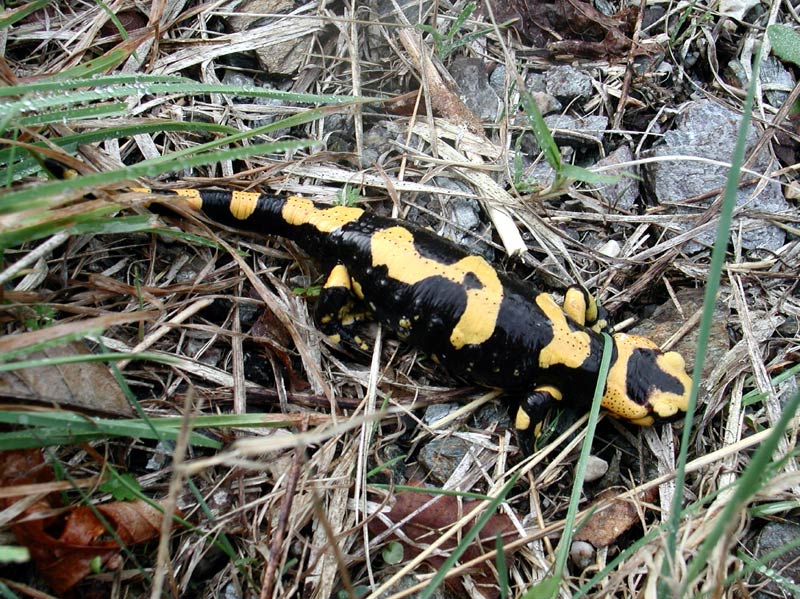Protected Area
Identity Card
- Alpi Apuane Regional Nature Park:
- Land Surface Area: 20'598.00 ha
- Regions: Toscana
- Provinces: Lucca, Massa-Carrara
- Municipalities: Camaiore, Careggine, Carrara, Casola in Lunigiana, Fabbriche di Vallico, Fivizzano, Gallicano, Massa, Minucciano, Molazzana, Montignoso, Pescaglia, Seravezza, Stazzema, Vagli Sotto, Vergemoli
- Establishment Measures: LR 5 13/12/1979 - LR 5 21/1/85 - 65 11/8/97 - DGR 114 19/2/92
- PA Official List: EUAP0229
- Park Authority: Ente Parco delle Alpi Apuane
- Further managed Protected Areas:
- ZPS Praterie primarie e secondarie delle Apuane
- ZSC Monte Borla - Rocca di Tenerano
- ZSC Monte Castagnolo
- ZSC Monte Corchia - Le Panie
- ZSC Monte Croce - Monte Matanna
- ZSC Monte Sagro
- ZSC Monte Sumbra
- ZSC Monte Tambura - Monte Sella
- ZSC Valle del Giardino
- ZSC Valle del Serra - Monte Altissimo
- ZSC Valli glaciali di Orto di Donna e Solco d'Equi
- Geoparco Alpi Apuane
A Unique Park
Alpi Apuane represent one of the most original mountain areas in Italy, for the variety of the landscape and environments they preserve. The ancient presence of human settlements has left important historical and cultural evidences in the area. Alpi Apuane are known all over the world for the beauty of their precious marbles and of other decorative and building stones ("cipollino", breccias, Cardoso stone).
The Apuane are an orographic complex of great charm thanks to their massive mountains, the harsh morphology, the deep valleys, and the very steep slopes.
Within a few kilometers from the short coastal plain of Versilia, the Apuane rise to reach almost the 2,000m of altitude with Mt. Pisanino (1,947m).
In case of slope showers, Alpi Apuane relief registers high pluviometric values which, along the main watershed, reach the 3,000mm per year. Also the temperature of the air is naturally influenced by the orography, even if it is mitigated by the influence of the sea.
From annual average temperature values roughly above 15°C, registered by the piedmont strip of Versilia, the temperature gradually descends below 7°C at the highest peaks in the northern Apuane.
According to Gaussen there is only one "dry month" in the piedmont strip, on the hills, and on the lower mountains of the slope of Lunigiana and Lucca, while the "cold months" (average temperature < 7°C) are no more than 4 or 5 per year on the highest peaks and in the mountain areas situated behind the inner slope of the Apuane.
The mountain chain presents remarkable geomorphological features: well-preserved moraines, erratic boulders, valleys and cirques dating back to the last würmian glaciation.
On the surface, there are karst phenomena like carted fields, dolines (Carcaraia, Mt. Altissimo, Mt. Sagro, etc.) and other epigeal dissolution phenomena (Vetricia plateau, Mt. Forato arch, etc.). In the underground there are some of the main expressions of the karst phenomena.
Deep abysses and the great cavities of the Apuane, resulting from an incredible labyrinth of tunnels and wells: Antro del Corchia - for instance - has a total length of over 70 km of subterranean channels and 1,210 meters of difference in height, and it is the main karst system in Italy and one of the biggest in the world.
Further information (Italian text)
Flora
The various nature of stones - siliceous at the base and on the
surface, and carbonate in the middle - leads to the alternation of
areas covered with a thick vegetation and other areas which are almost
or completely bare.
From the Mediterranean maquis covering the
piedmont strip facing the sea, the landscape turns to oak woods and
mixed woods dominated by hornbeams (often transformed into chestnut
tree woods) to reach the beech tree woods at 1000 m of altitude. The
highest peaks, along the main watershed and in the secondary branches,
are not covered by arboreal vegetation.
The rare mountain grasslands and, more often, the calcareous cliffs
house a flora rich in species which are very interesting from a
geobotanical point of view.
Further information (Italian text)
Fauna
The fauna populating the Apuane includes the biggest mammals of a
relatively recent past (bear, wolf, lynx, deer), except for some
herbivorous animals which have been recently introduced, such as
mouflons and wild goats.
There are a few remarkable species of
chiropters (living in the depths of the caves) and among the rodents
there is the snow-vole (Microtus nivalis).
The avifauna populating these mountains features the Chough (Pyrrhocorax pyrrhocorax), emblem of the Park, which can be found on a few peaks (Mt. Corchia, Mt. Sumbra, Mt. Roccandagia), the Golden Eagle (Aquila chrysaëtos), nesting in the northern part of the chain (Equi-Pizzo d'Uccello), the Red-legged Partridge (Alectoris rufa), the Swallow (Hirundo rupestris), the Alpine Accentor (Prunella collaris), etc.
Finally, the spectacled salamander (Salamandrina terdigitata), the Italian cave salamander (Hydromanthes ambrosii), and the alpine newt (Triturus alpestris apuanus) can be found among the reptiles.
Further information (Italian text)
The Mining Activity
The main problem in the Apuane is combining the mining activities with the preservation and the safeguard of the protected area.
The
almost 300 quarries situated nearby the Park represent a solid source
of income and of cultural interest, but at the same time are a serious
threat to the integrity of the landscape not only for the quantity of
material which is extracted every year (around 1.5 million of tons of
stone and over 2 million of tons of crushed stone), but also for the
negative impact on the surroundings, for the pollution of the water
bearing layer, and for the traffic of heavy means of transport.
The Human Presence
Even if the Apuane were already inhabited in prehistorical times by a
few nomadic groups whose presence has been witnessed by the finding of
some stone objects, the human presence became significant from the Iron
Age, when some tribes settled permanently in the territory.
They
were individuals belonging to a population with a tough nature coming
from the West; they settled in a strategic position in more than one
area in the mountains.
Further information (Italian text)





